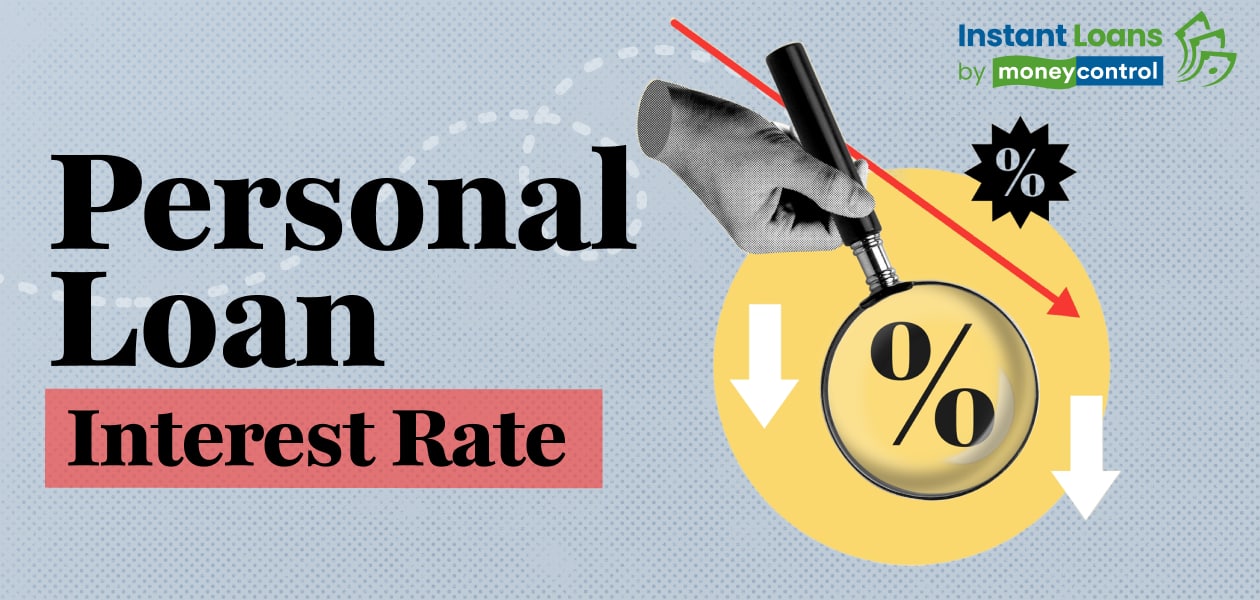
Availing personal loans has become easier these days with the emergence of instant loan apps and digital lending platforms. However, repayment schedule and interest rates are two most important factors to take into account while applying for a loan. The total repayment amount directly linked two these crucial aspects.
Generally personal loans come with higher interest rates compared to secured loans and a longer tenure will increase your overall interest amount. Though personal loans are generally offered at fixed interest rates, many lenders also provide such loans at a floating rate. Choosing the suitable interest rate type could be helpful in avoiding defaults in future.

Both types of interest rates have their advantages and disadvantages, and the right choice largely depends on your financial situation and market conditions. What is a floating interest rate? A floating interest rate, also known as a variable rate, changes with fluctuations in the market. In the case of a personal loan, this rate is tied to a benchmark, such as the lender’s base rate or the RBI’s repo rate.
As the base rate changes, so does the interest rate on your loan, which directly affects your monthly EMI payments. Advantages The most significant benefit of choosing a floating interest rate is that it can often start off lower than a fixed rate. But, since the rate can rise if market conditions change, there’s an element of uncertainty involved in floating rates.
For example, if the benchmark rate increases, your interest rate and monthly payments will also rise. Conversely, if the rate decreases, your EMI could go down. Another advantage of floating rates is that they offer the potential for long-term savings, particularly when interest rates are low.
Since floating rates tend to be cheaper than fixed rates, borrowers may find that they pay less overall if the market rate remains stable or decreases. Downsides The biggest downside to floating rates is their volatility. With no guarantee of stability, your monthly payments may vary, making it harder to budget and plan for the long term.
If interest rates rise unexpectedly, your repayments could become unmanageable, especially if the increase is sustained over a prolonged period. This can cause financial strain for some borrowers who may not be able to absorb higher EMIs. Get Instant Loan Up To Rs.
15L What is a fixed interest rate? In contrast to floating rates, a fixed interest rate remains constant throughout the duration of the loan. This means that once you agree to a fixed rate, your monthly EMIs will remain the same, regardless of changes in market conditions or the revision in interest rates by the bank in future. Advantages One of the biggest benefits of a fixed interest rate is the predictability it offers.
With a fixed rate, borrowers can accurately plan their finances, knowing exactly how much they’ll need to pay each month. Fixed-rate loans also provide peace of mind, as borrowers are shielded from potential interest rate hikes that could increase their loan costs. Downsides The main disadvantage of a fixed interest rate is that it tends to be higher than floating rates.
In general, fixed rates are around 1.5% to 2% more expensive than floating rates. Additionally, if the market interest rates decrease during the loan tenure, borrowers with fixed-rate loans will not benefit from lower payments, unlike those with floating-rate loans.
Another potential issue with fixed rates is that, in the early years of the loan, most of your EMI payments go towards servicing the interest, rather than reducing the principal amount. This means that in the first few years, you may not see a significant reduction in your loan balance, even though you’re making regular payments. The decision between fixed and floating interest rates ultimately depends on your financial goals and risk tolerance.
ALSO READ: Personal Loan Prepayment: Key points to consider before paying off your loan earlier Borrowers can switch between interest rate types The Reserve Bank of India (RBI) recently clarified that the borrowers will now have the option to switch between the interest rate types. Under the new guidelines, banks and financial institutions are now required to offer borrowers the option to switch between a floating rate and a fixed rate when resetting the terms of their loan. This change gives borrowers more control over their loan conditions and helps mitigate the impact of fluctuating interest rates.
Moreover, the guidelines mandate that lenders clearly communicate any changes in the loan terms, including the annualised interest rate, to borrowers. Financial institutions must inform borrowers about how any changes in the benchmark rate will affect their EMIs or loan tenure. The guidelines also apply to both new and existing loans.
Additionally, borrowers can explore other options to manage their loan, such as increasing the EMI amount, extending the loan tenure, or prepaying part of the loan to reduce the principal balance. ALSO READ: What is the maximum and minimum tenure for personal loans? In conclusion, choosing between a fixed and floating interest rate can be a difficult decision, as both options come with their own set of advantages and risks. It’s important to carefully consider your financial situation, risk appetite and future plans before making a decision.
On Moneycontrol app and website, you can explore instant loan offers up to Rs 15 Lakhs from eight lenders. Interest rates start as low as 12% per annum and you can choose among convenient tenure options..















